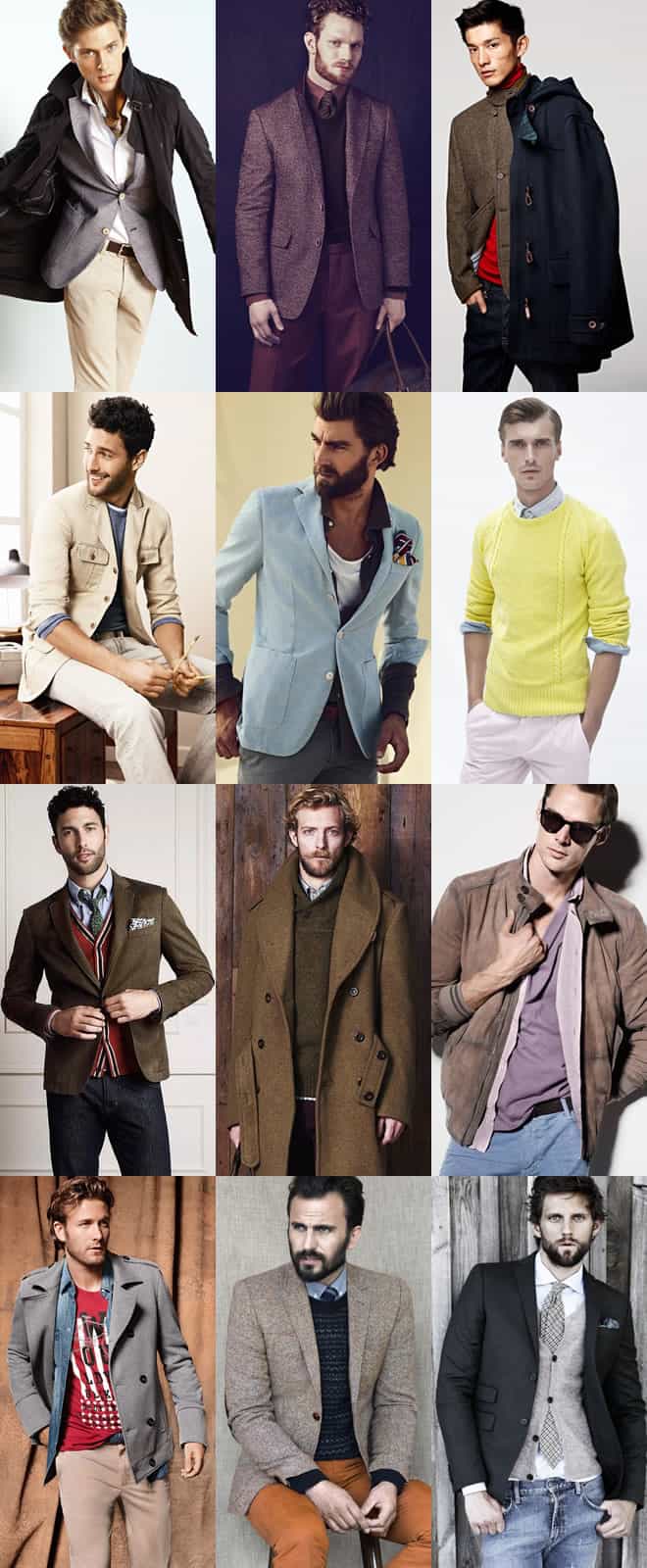
Mens Jeans Shorts























































world fashion Copyright © 2011 - |- Template created by O Pregador - |- Powered by Blogger Templates